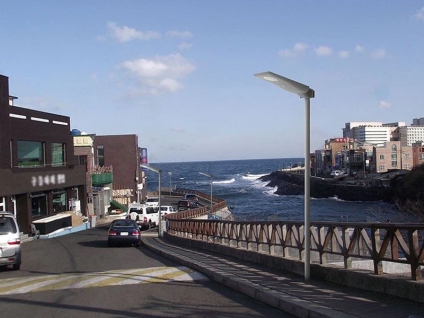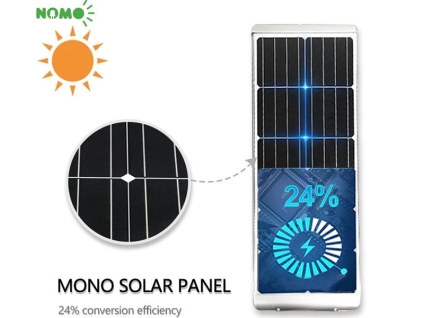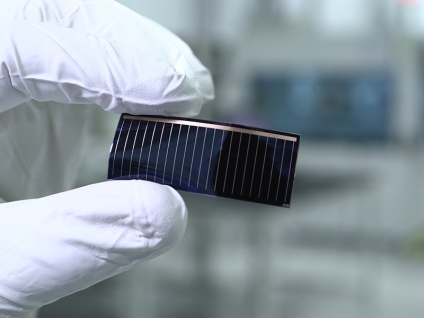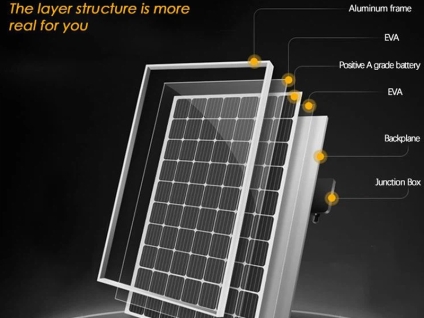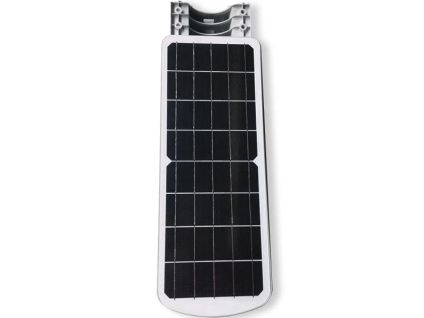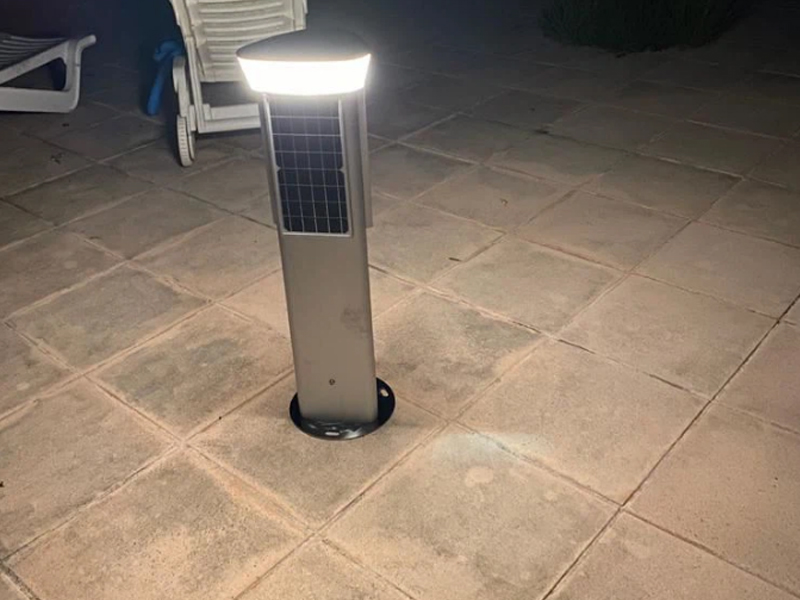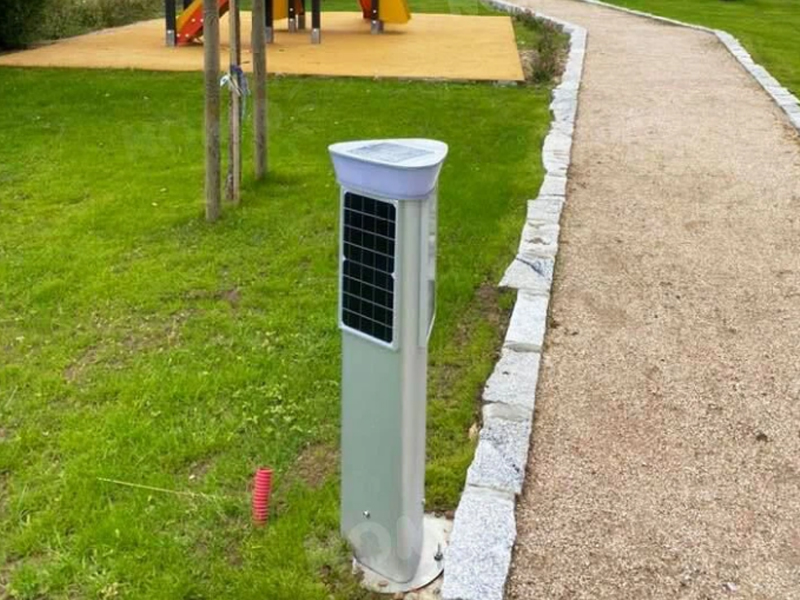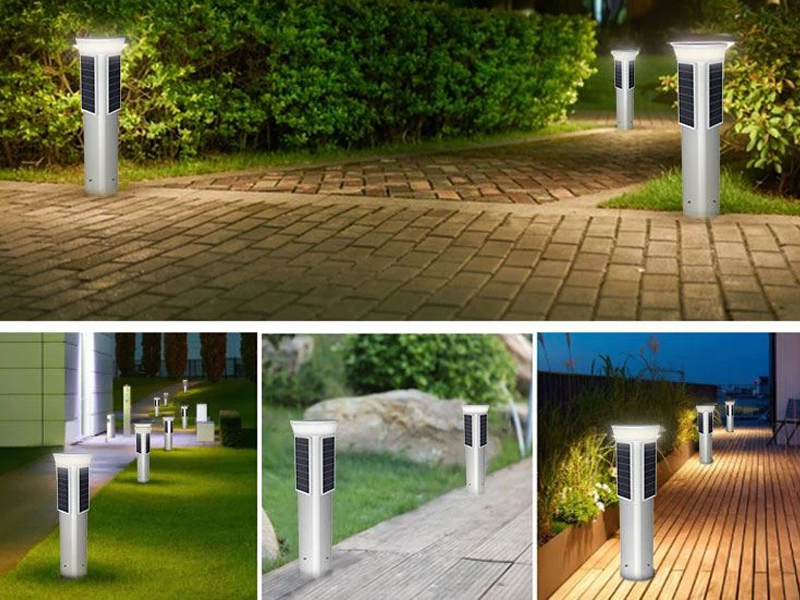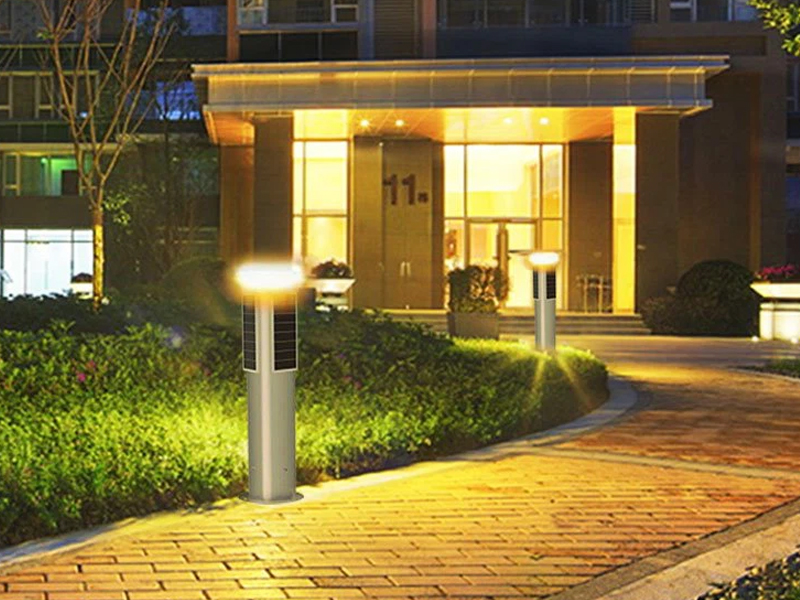
New Technology Is Behind Cheap And Clean Solar Energy
The Australian National University (ANU) model shows that the technology and economics of confining sunlight in thermal particles to store energy are reliable.
ANU's research team studied solar thermal technology developed by its US partner, Sandia National Laboratories. The research team consists of ANU, CSIRO, and the University of Adelaide.
This technology can use concentrated sunlight to heat a "curtain" of falling low-cost particles to 700 degrees Celsius. These heated particles are stored and can be used for nighttime power generation or industrial heating. These particles are then suspended for heating again, thereby establishing an efficient circulation system.
Associate Professor John Pai said: "Our modeling shows that a concentrating solar system built around this falling'particle curtain'can generate 1 megawatt-hour of stored power for less than $ 60. "
"The lowest cost system built on a scale of 100 MW has enough storage space to provide 14 hours of turbine operation, making it easy to consume continuous power at night for most of the year. I can do it."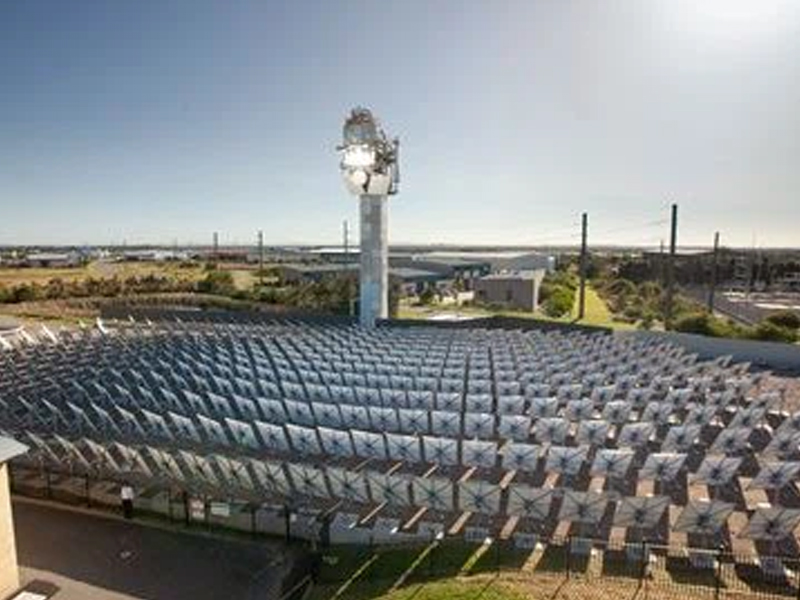
"This form of energy is not only cheap, but also clean. The built-in low-cost energy storage system greatly improves the reliability of hybrid renewable energies, from fossil fuels as needed. It can facilitate a global shift to 100% clean energy. According to the Paris Agreement. Energy transition. "
"Interestingly, the regenerative ceramic particles used in this system were originally developed for" fracking "of unconventional natural gas. It's cheap, but it's very powerful and stable, and can withstand multiple high heats. Intensive heating and cooling. "
ANU researchers will be able to maximize the absorption and retention of solar energy in the system and help understand how light and particles interact in the system. It also contributed to the design.
Based on the ANU model, the US Department of Energy has announced a $ 25 million investment to test the technology at a new facility in New Mexico, compared to other competing technologies. Australia will continue to work with the United States, including conducting experiments at the CSIRO Solar Drop Particle Test Facility.
Professor Brian Schmidt, vice president of the Australian National University, said the university's research has significantly facilitated the recovery, storage and utilization of clean energy.
“At ANU, we are working to solve some of the biggest challenges in the world,” he said. "This includes ensuring that future energy systems and technologies are renewable and sustainable and will help reduce carbon emissions."
"Our researchers have done important work for this important Australian-US cooperation, demonstrating the great potential of this technology and providing the foundation for providing the coveted low-cost green energy. "




